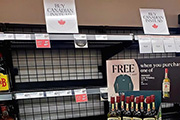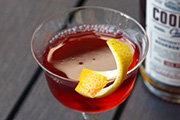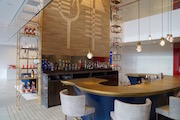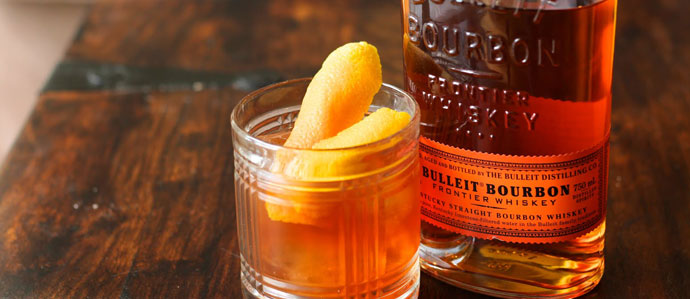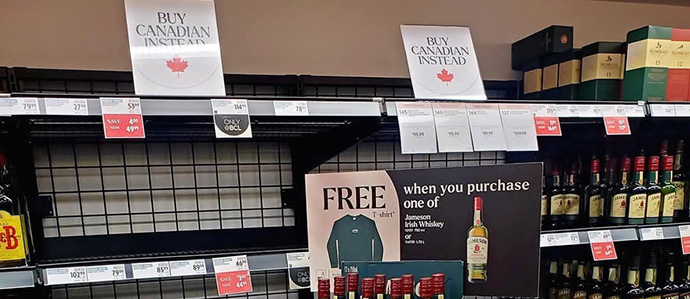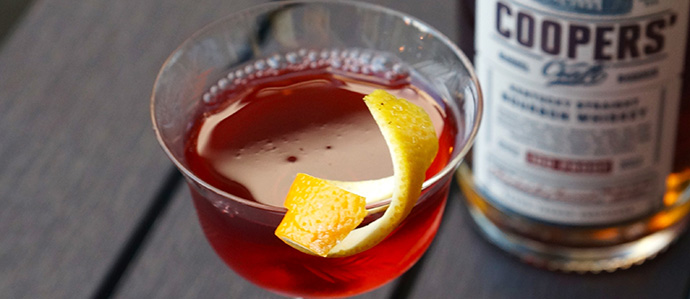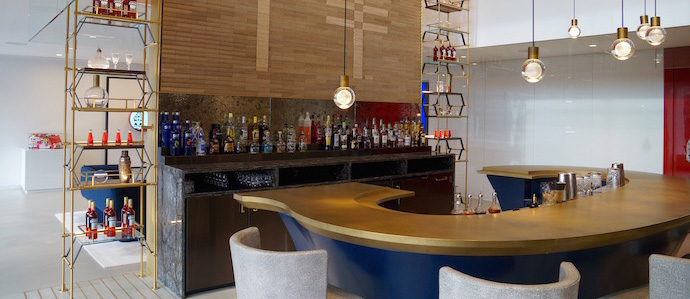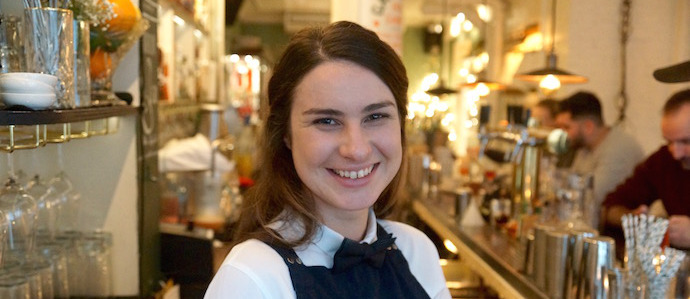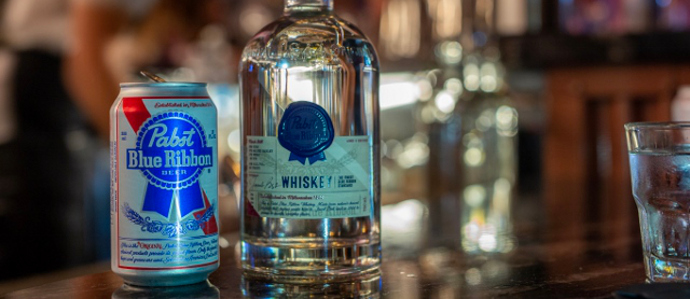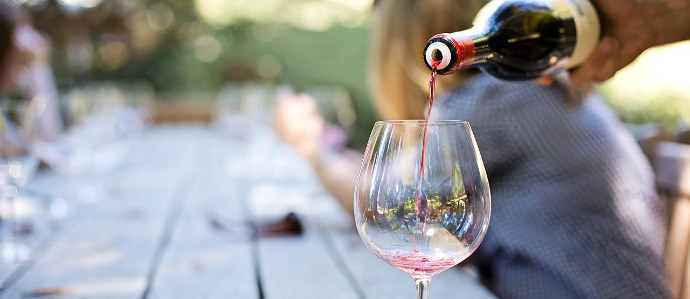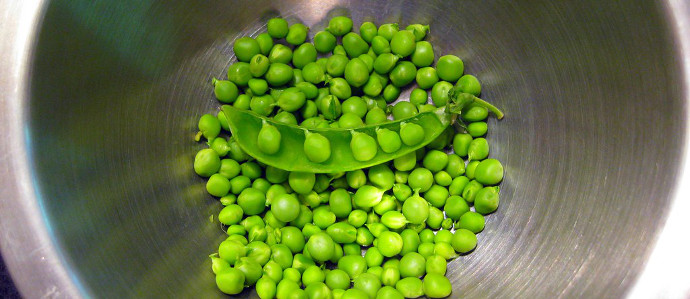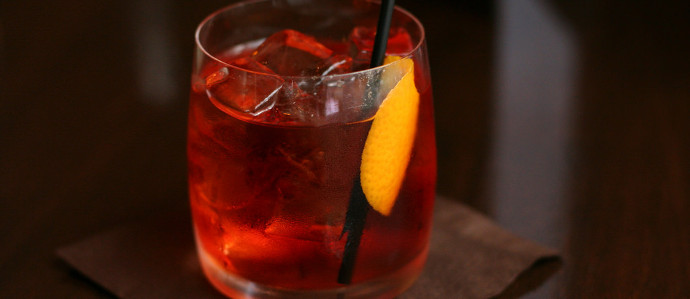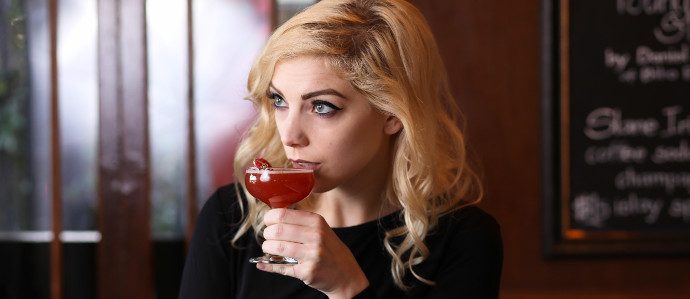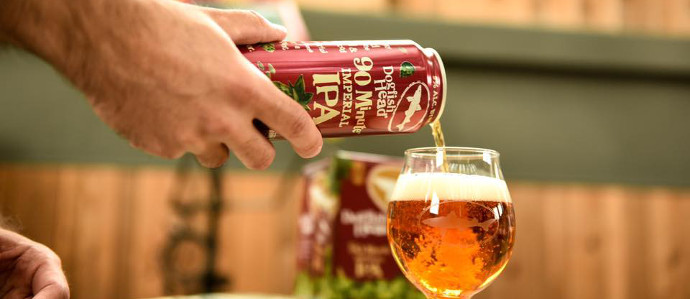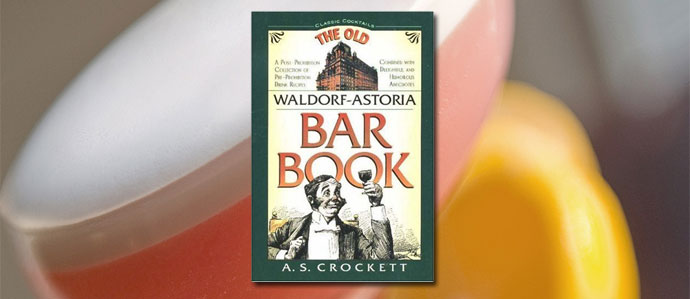
The Clover Club cocktail has roots in the pre-prohibition era social club of the same name. Started in the Bellevue-Stratford Hotel in Philadelphia in the late 1880s, the Clover Club was a bawdy group of lawyers, bankers and various other captains of industry who, according to the Old Waldorf-Astoria Bar Book, “…often dined and wined, and wined again.” While it’s unknown when the notorious tipple made its debut or who exactly invented it, the Clover Club first began to appear outside of Philly around 1910 in famous hotels such as the Waldorf-Astoria and the Plaza in New York City. William Butler Yeats was said to be so entranced with the drink that he drank three in a row on a visit to the Big Apple.
This slightly sweet, mostly sour cocktail gained popularity for a time before the First World War, only to fall swiftly and ungraciously out of fashion after Prohibition ended. In 1934, Esquire magazine called it a drink for “pansies” and listed it as one of the worst beverages of the previous decade. From then on it was relegated, rather unfairly, to the frilly and sugary “drinks for the ladies” sections of bartending books, until it was recently rediscovered with the revival of the classic cocktail.
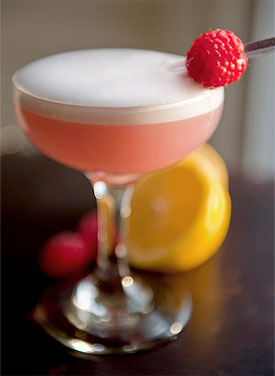 To make your own, try this formula from the Old Waldorf-Astoria Bar Book, commonly cited as one of the original Clover Club recipes:
To make your own, try this formula from the Old Waldorf-Astoria Bar Book, commonly cited as one of the original Clover Club recipes:
2 oz dry gin (Plymouth or London Dry, preferably)
½ oz fresh lemon juice (half a lemon)
2 tsp raspberry syrup (recipe here)
¾ tsp superfine sugar
1 egg white
Add ingredients to shaker and shake vigorously without ice for one full minute to emulsify the egg. Add two ice cubes and shake again for 30 seconds to chill the drink, then pour it slowly into a coupe glass, remembering that the best part of the egg white will come at the end. Pro-tip: if you have a few extra minutes, it pays to whip the egg white in a small bowl for a few minutes before you add it to the shaker. This will make the drink even more meringue-y and fluffy.
As with many older recipes, however, there are several variations that can subtly change the taste. Harry MacElhone, head bartender of the Plaza Hotel in the 1910s, suggested swapping lemon juice for lime. Additionally, MacElhone added two teaspoons of both sweet (red) and dry (white) vermouth to the cocktail for a more complex flavor (use only 1½-oz. gin if adding the vermouth). Add ½-oz. Applejack to that variation and you have the Clover Club’s cousin, the Pink Lady. Float a sprig of mint in the drink and you have the Clover Leaf cocktail.
However you choose to enjoy it, shake up a few Clover Clubs at your next party for a fun and easy way to impress your guests.
Photo by Jen Killius
Feedback
The Drink Nation Presents: The Home Bar Project
Have you ever dreamed of having an amazing home bar, filled with bottles you actually use and the tools you need to execute a fine crafted cocktail? E...read more ›
Canada's Next Level Response to Tariffs Removes All U.S. Wine & Spirits From the Shelves
Part of Canada's response, their retaliation, to the tariffs imposed o...read more ›
The History of The Boulevardier Cocktail - and How You Can Make it at Home
In this history segment, we take a closer look at a classic cocktail: The Boulevardier....read more ›
Behind the Bar: Liana Oster of Dante
For this exciting installment of Behind the Bar, we had the incredible opportunity to sit down with Liana Oster, the head bartender at Dante in New Yo...read more ›
Pabst Blue Ribbon Launches Blue Ribbon Whiskey in Select US Markets
PBR has launched their own whiskey. Let's keep an open mind and see what is inside this bottle....read more ›
The Master Sommelier Scandal is Now the Subject of a New Investigative Series
There's a new investigative series about one of the biggest scandals to ever hit the wine world....read more ›
Using Peas to Make Gin Might Lead to More Environmentally Friendly Spirits, Studies Show
Scientists may have discovered a more environmentally friendly way to make one of the world's most popular spi...read more ›
Drink a Classic Cocktail for a Good Cause During Negroni Week, June 24-30
Negroni Week 2019 is June 24-30, so drink this classic cocktail for a good cause....read more ›
What to Do if Your Uber, Lyft, or Cab Driver Ever Strays From Your Destination or Makes You Feel in Danger
If you're taking an Uber, Lyft, or cab and feel unsafe, there are steps you can take to protect yourself....read more ›
Behind the Bar: Kat Corbo of The Study & Winner of Speed Rack 2019
This time on Behind the Bar, we spoke to Kat Corbo of The Study, who recently won Speed Rack 2019....read more ›
Boston Beer & Dogfish Head Have Merged in a $300 Million Deal
In a huge move for the American craft beer community, Boston Beer and Dogfish Head have agreed to a merger valued at $300 million dollars. ...read more ›




